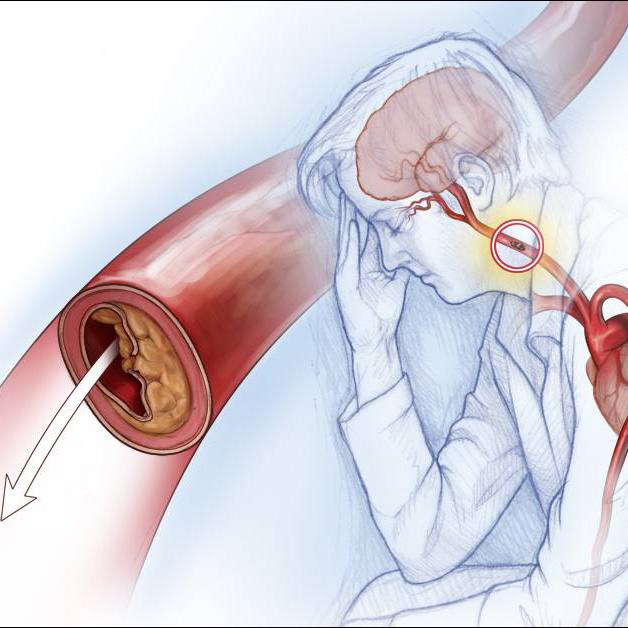-
Mayo Clinic Minute: What are eye floaters?
Spots, flashes of light or darkness on any side of your vision could be a sign of eye floaters. Most often noticeable when looking at a plain, bright background, such as a blue sky or a white wall, eye floaters are a symptom of age, according to Dr. Amir Khan, a Mayo Clinic ophthalmologist. And they can lead to a sight-threatening condition that requires immediate attention.
Journalists: Broadcast-quality video pkg (1:00) is in the downloads at the end of the post.
Please courtesy: "Mayo Clinic News Network.’ Read the script.
Having vision problems? Do you see black or gray specks, strings or cobwebs that drift about when you move your eyes? It could be eye floaters.
"In the back of our eyes, we have a substance called 'the vitreous.' When we’re young, it’s a firm clump of jelly. As we age, this firm clump of jelly can liquefy and break up into smaller pieces. Those smaller pieces are what you may notice as floaters," says Dr. Khan.
Eye floaters are more common as you get older and if you’re nearsighted. The biggest concern is they can cause retinal tears.
"If a tear develops in the retina, fluid can get underneath that tear and just lift the retina like wallpaper off a wall," says Dr. Khan. "And that’s a retinal detachment."
And that can cause blindness, which is why it’s especially important to have a dilated eye exam within days of noticing new floaters or changes in vision.
Most eye floaters don’t require treatment, but your eye doctor likely will recommend regular eye exams to ensure the condition doesn’t worsen.
For the safety of its patients, staff and visitors, Mayo Clinic has strict masking policies in place. Anyone shown without a mask was recorded prior to COVID-19 or recorded in an area not designated for patient care, where other safety protocols were followed.
Related Articles







